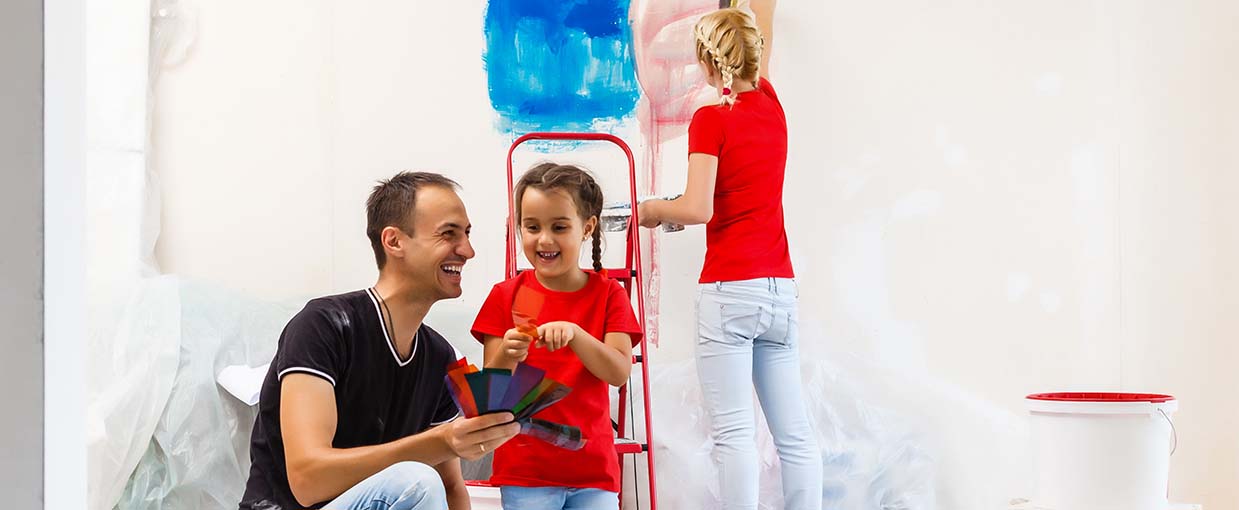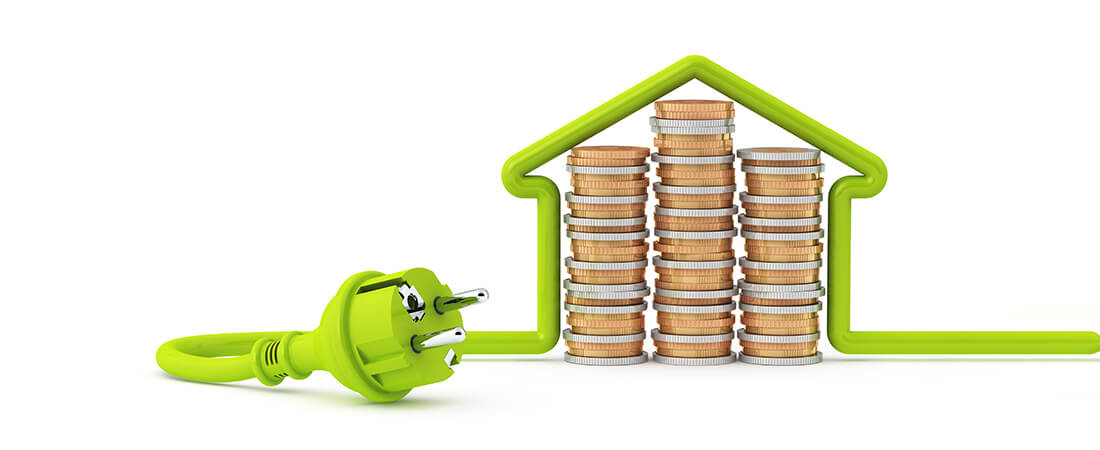
Date: October 10 2018
How to Paint your Drywall Like a Pro?
Author: Drywall
The ease of drywall painting is no secret to anybody, and it can be quite tempting, especially if it’s going to cut down the expenses. After all, wouldn’t it be nice not to worry about how much a contractor would charge you? Wouldn’t it be nice if you can do it all on your own?
Now, that you have decided on a do-it-yourself version of drywall painting, and before you get into your overalls, here are some points that you should keep in mind:
|
|
And now, good luck. You are good to go.






